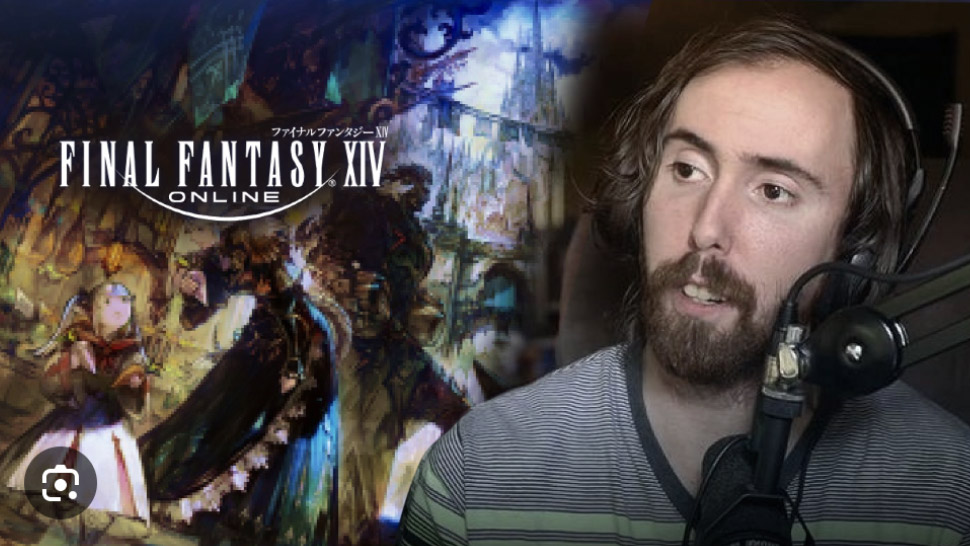In Part I of this series, we looked at how — even in today’s vastly changed video game industry — engaging gameplay and an excellent “Pitch” document or presentation remain as important as ever.
Meanwhile, the opportunities presented by various new gaming platforms and technologies are expanding game developers’ choices and strategies.
We also briefly explored how the Community / Social dimension is now a critical one for almost any game, and how greater player involvement is enabling the best and most ambitious games to move from status as a narrow entertainment property to that of a multi-fledged interactive media universe.
In Part II, we look at:
- How modern video game marketing has retained very little of what was once important;
- Which monetization models are dominating today’s industry;
- How everything comes down to the talent you have, can retain, or can attract to your team given the competition from other industries for that same talent.
NextGen Video Games Marketing
Marketing a console game used to be pretty straightforward.
A typical marketing template a few years ago would be to start by generating buzz about an upcoming game at the Game Developer Conference in San José in the Spring. Next, it would be to invest in the most impactful stand you could afford at the E3 Games Expo in Los Angeles in the Summer, at which you would sign distribution deals with retail game distributors there while schmoozing games journalists. This would be followed up with in-store Point-of-Sale displays in retail points, supported by some paid media advertising, when the game hit store shelves in the Fall.
Fast-forward to the present, and it’s a different world.
Gaming “influencers” like Valkyrae or Asmongold have a massive global following and can drive tens of thousands of players to try out a new game with a single viral video.
Short game videos posted on platforms like TikTok, whether by the developers/publishers themselves or simply by fans for the benefit of their online friends, can greatly raise the awareness of a game, as can its recommendation within out-of-game communities on Discord or Reddit.
In addition, live-streaming gameplay on Twitch is an increasingly popular and effective marketing tactic.

Final Fantasy XIV Online was released in 2010, but gained popularity only 11 years later – becoming one of the most popular games on Twitch in 2021 – thanks to its promotion by the popular streamer Asmongold.
Crucial for mobile games is App Store and Google Play Store optimization, followed by on-store marketing via search ads appearing in searches for similar or competing games.
One hold-over from the previous era of games marketing, however, is the importance of a truly exciting and compelling game trailer, which can now be placed across a wide range of social and paid media platforms.
Monetization & Franchise Management
Achieving game profitability, of course, is a key issue in an era of exploding game development costs where so-called “AAA” games (major titles from major publishers) require tens of millions of dollars to create, involve development teams in the hundreds, and take a minimum of two years to bring to market.
Even “indie” PC or online games produced by a small team of five can easily break the million-dollar mark in terms of development, testing, and marketing costs.
This is why mobile games, which can be developed more quickly and be marketed for far less, and most often do not need to be sold to a publisher, can reach profitability a lot faster than games on other platforms. This provided that the game has a clever monetization model, gains traction quickly, stays popular for an extended period of time, and has “legs” in terms of being able to establish a franchise identity facilitating subsequent game variants or sequels.
A key advantage in building a business around a game is longevity. It is estimated that World of Warcraft has generated over $14 billion since its launch in 2004, and still has nearly five million subscribers.
And like Resident Evil, Arcane, Sonic, Pokémon, The Witcher, and many others, World of Warcraft has extended its intellectual property into other forms of entertainment, such as films, animated cartoons, television series, board games, and merchandise.
Subscription as a business model — together with up-front game purchases — has largely given way to the “free-to-play” model. This has hugely expanded the total number of people playing video games of all types, as there is no immediate cost associated with starting to play a game.
This has made “in-game purchase” the leading game monetization model, accounting for 78% of total video gaming revenue. In-game advertising is also gaining popularity, especially for sports-themed games, but accounts for only a tiny fraction of current games revenue.

In-game monetization can take many forms, including bonus levels, skins, loot boxes, subscriptions or in-game coins.
From a development standpoint, driving revenue via in-game purchases requires, among other things, a very careful design of the game difficulty curve:
- Relatively flat in the initial levels for players just starting the game, to facilitate their rapid progress to intermediate levels
- Rising gently but continuously as players move up through the intermediate levels or get deeper into the game story arc
- Then increasingly challenging in later levels in order to tempt players to maintain or accelerate their progress via micro-transactions through which they can purchase better weapons or sports equipment, unlock specific features, acquire cosmetic enhancements or personalization attributes, buy “XP Boosters” to level up more quickly, get extra “lives,” and so on.
Last But Not Least: The War For Talent
In today’s landscape, where large (and cash-rich) technology and software companies are vying for the same skilled developers, coders, designers, artists, marketers, and other key players for your team, recruiting, retaining, and motivating the very best talent is essential for any game development team and company.
First and foremost, exceptional talent is the lifeblood of any great game. With technology advancing rapidly, consumers have grown accustomed to sophisticated and immersive gaming experiences, and/or highly fun and innovative gameplay concepts.
Only the best developers can bring these visions to life and deliver high-quality, engaging games that resonate with players.
Moreover, a stellar team not only makes the success of a game much more likely, but also opens doors to potential funding and partnerships. When seeking a publisher for your game or financial backing for development, investors and publishers are more likely to bet on a project led by a proven, capable team.
A talented team not only boosts the game’s potential for success but also minimizes risks, making it an attractive proposition for investors.
In the dynamic world of mergers and acquisitions, a company with a formidable team becomes a highly appealing target. A robust team signals stability, reliability, and the ability to deliver on future projects, making the company an enticing prospect for potential acquirers.
Key talent motivation and retention post-acquisition can be secured with various compensation measures like bonuses, stock grants, and vesting schedules for stock options.
But how to attract world-class talent to your team in the first place?
Some of it just comes down to luck: meeting the right person at the right time, either directly, or through a connection, or resulting from a job search by a specialized games recruiter. Candidates solely motivated by salary will still go somewhere else, but in truth they are not best suited to your game in any case.
It’s important to create strong attraction to both your game project and your company. In line with the best-practice strategies and optimizations listed so far, the “vision” for your game is something that can get top talent excited.
This includes:
- A highly original concept;
- Creation of a massive global online community around the game;
- Educational or socially positive ambitions;
- Ability for a team to take games technology into new directions.
These are just as important as the other key staff attraction and retention must-haves these days, such as flexible working hours or the possibility of remote working at least some of the time — or even all the time if you’re in Paris and your dream artist is located in, say, Japan and won’t relocate for personal reasons.

Games studios must now compete for talent not only with rival studios, but, increasingly, with tech companies recruiting the best coders, QA and AI engineers, visual artists, and project leads.
Obviously, recognition of excellent work — via monetary rewards or profit participation, job title, promotion and other motivational measures — is as critical as it is in other industries.
In short, in terms of surviving and thriving in today’s fast-changing video game industry, building and consolidating a team of exceptional talent is not just essential for crafting remarkable games, but also for securing funding, partnerships, and even acquisition opportunities.
In an industry where competition is fierce and technology continues to evolve, investing in the best talent is a strategic move that can define the success and future of a games development company.
